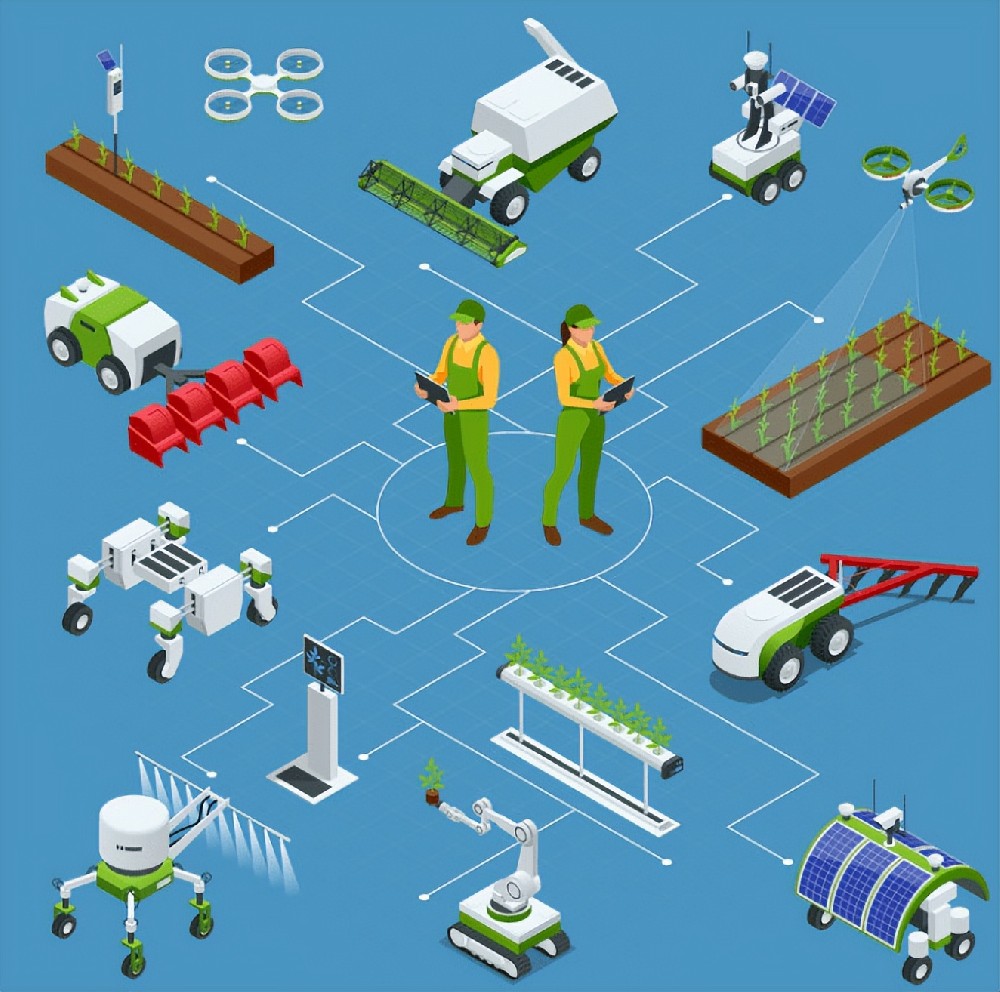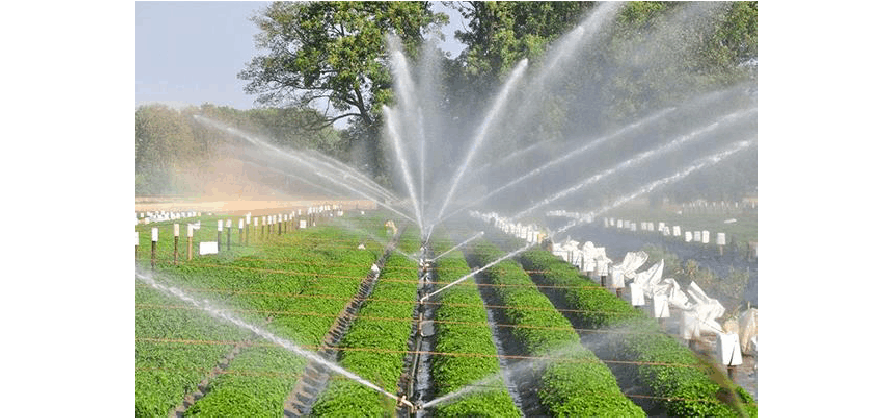

— Blogs —
—Products—
 Consumer hotline +8618073152920
Consumer hotline +8618073152920 WhatsApp:+8615367865107
Address:Room 102, District D, Houhu Industrial Park, Yuelu District, Changsha City, Hunan Province, China
Product knowledge
Time:2024-04-12 14:22:46 Popularity:1449

Adjusting irrigation strategies based on soil temperature and moisture sensor data is an effective method to ensure crops receive adequate water while avoiding wasting water resources. Here are some steps and considerations to help determine the optimal valve opening time for irrigation systems:
1. Data Collection:
Collect soil moisture data: Use soil moisture sensors to monitor soil water content, helping to determine when irrigation is needed.
Obtain meteorological data: Collect temperature, humidity, wind speed, sunlight hours, etc., from a weather station, as these factors influence crop water demand.
Monitor crop status: Utilize crop growth sensors to monitor crop growth conditions, determining their water needs.
2. Data Analysis:
Apply data preprocessing techniques such as filtering and noise reduction to ensure data accuracy and reliability.
Use statistical analysis and machine learning algorithms to analyze data and predict crop water requirements.
3. Develop Irrigation Strategies:
Based on crop water demand models and soil moisture data, develop irrigation strategies. Set thresholds, such as triggering the irrigation system when soil moisture falls below a certain percentage.
For example, if soil moisture is below the crop's growth requirements, increase irrigation; if soil moisture is within the appropriate range, reduce or maintain current irrigation levels.
4. Set Thresholds and Alarms:
Set upper and lower soil moisture threshold limits, triggering alarms when soil moisture exceeds these ranges. This helps detect soil drought or excessive moisture conditions promptly, allowing for appropriate irrigation measures.
5. Consider Crop Needs and Environmental Factors:
When determining irrigation timing and volume, consider factors such as crop growth stages and climatic conditions. For example, rapid crop growth or high temperatures may require increased irrigation frequency.

6. Automated Irrigation Systems:
Integrate soil temperature and humidity sensors with automated irrigation systems for automatic monitoring and control. Enable the system to automatically adjust valve opening times and water volumes based on sensor data. Utilize IoT technology for remote monitoring of irrigation systems, allowing for realtime adjustment of irrigation strategies, thus improving efficiency and accuracy while reducing manual intervention.
7. Regular Calibration and Maintenance:
Regularly calibrate soil temperature and humidity sensors to ensure data accuracy and reliability. Additionally, perform routine checks and maintenance on irrigation systems to ensure proper operation of valves and pipes, avoiding irrigation issues due to system malfunctions.
8. Continuous Optimization:
Periodically evaluate the effectiveness of irrigation strategies and adjust model parameters and valve control strategies based on actual results. Continuously optimize irrigation systems with the development of technology and accumulation of data.

Meteorological factors have various impacts on irrigation, with the most significant factors being:
1. Precipitation: Precipitation is one of the most direct and important factors affecting irrigation demand. Insufficient precipitation necessitates irrigation to supplement soil moisture, while excessive precipitation may lead to soil water saturation, affecting crop growth.
2. Temperature: Temperature affects crop physiological water demand and soil water evaporation rate. High temperatures increase crop water demand and accelerate soil water evaporation, potentially causing soil drought.
3. Relative Humidity: High relative humidity slows evaporation, while low relative humidity accelerates it, affecting soil moisture retention and crop water use efficiency.
4. Wind Speed: Wind speed affects the rate of evaporation. Higher wind speeds result in faster evaporation, increasing soil and crop water loss and potentially requiring increased irrigation frequency to compensate for water loss.
5. Sunlight Hours: Sunlight hours influence photosynthesis intensity, thereby affecting crop water demand. Longer sunlight hours increase crop water demand, potentially requiring increased irrigation volumes.
6. Evaporation: Evaporation is a critical factor determining irrigation demand. Areas with high evaporation rates experience rapid soil moisture loss, necessitating more frequent irrigation.
7. Soil Type: While soil type itself is not a meteorological factor, different soil types have varying water retention capacities and evaporation rates, affecting irrigation demand. For example, sandy soils have fast water evaporation rates, requiring more frequent irrigation.
In summary, by comprehensively considering soil temperature and humidity sensor data, meteorological factors, crop requirements, and environmental factors, efficient and rational irrigation management can be achieved through precise data collection, analysis, model formulation, and automated irrigation systems. This process requires leveraging modern information technology and automation to achieve agricultural production intelligence.
NBL-S-THR-Soil-temperature-and-moisture-sensors-Instruction-Manual-V4.0.pdf
Related recommendations
Sensors & Weather Stations Catalog
Agriculture Sensors and Weather Stations Catalog-NiuBoL.pdf
Weather Stations Catalog-NiuBoL.pdf
Related products
 Combined air temperature and relative humidity sensor
Combined air temperature and relative humidity sensor Soil Moisture Temperature sensor for irrigation
Soil Moisture Temperature sensor for irrigation Soil pH sensor RS485 soil Testing instrument soil ph meter for agriculture
Soil pH sensor RS485 soil Testing instrument soil ph meter for agriculture Wind Speed sensor Output Modbus/RS485/Analog/0-5V/4-20mA
Wind Speed sensor Output Modbus/RS485/Analog/0-5V/4-20mA Tipping bucket rain gauge for weather monitoring auto rainfall sensor RS485/Outdoor/stainless steel
Tipping bucket rain gauge for weather monitoring auto rainfall sensor RS485/Outdoor/stainless steel Pyranometer Solar Radiation Sensor 4-20mA/RS485
Pyranometer Solar Radiation Sensor 4-20mA/RS485
Screenshot, WhatsApp to identify the QR code
WhatsApp number:+8615367865107
(Click on WhatsApp to copy and add friends)
